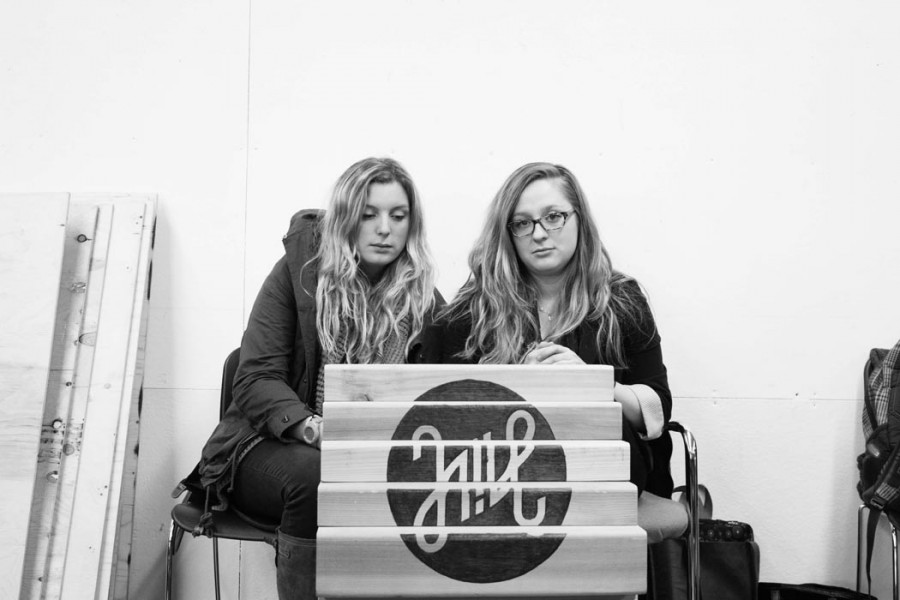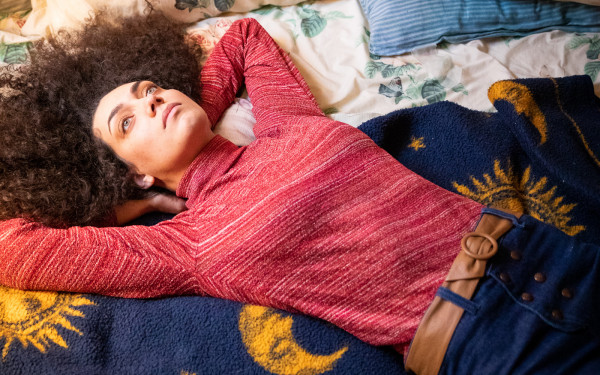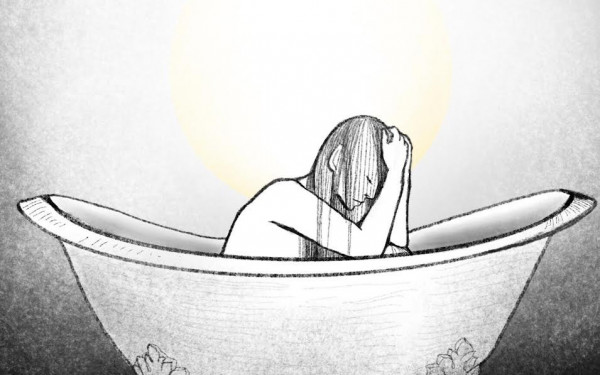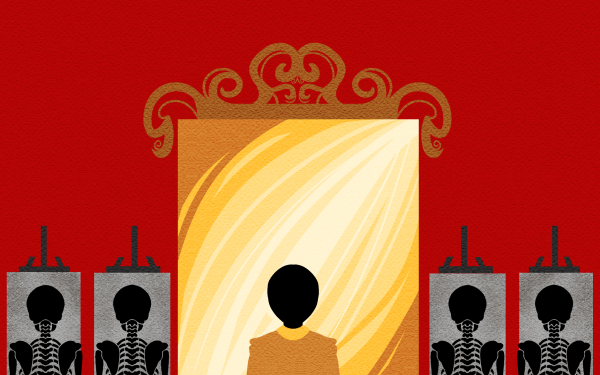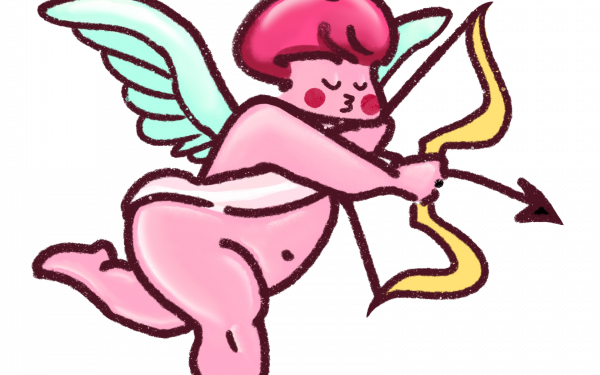Designing a Sustainable Future
Second Year Design Students Put Theory Into Practice For The Hive Café
Design students from the DART 392 class have spent the past semester working together, planning and designing a much-anticipated student-run café at The Hive on Loyola Campus.
The inclusion of design students was one of the final steps in the project that has also seen contributions and involvement from business and anthropology students working towards sustainability.
The idea for the cafe had been on the table for some time, but last year, Alex Oster, the then-CSU VP of Sustainability, teamed up with Cameron Stiff to put the project into motion. Stiff is a Concordia graduate who served two years at Sustainable Concordia before becoming a freelance organizer specializing in the development of sustainable practices.
Stiff recalled having nowhere to eat at Loyola because of the lack of good food in the area. He hopes that the Hive Café will fill the void of community space, while also providing sustainable food options.
Stiff believes The Hive can be an educational space surrounding sustainability and that, through the programming of student events, the café will “bring life into the space, giving a reason for people to be there.”
PK Langshaw, one of four professors of the 392 class in charge of designing the space, puts an emphasis on sustainability and social design in her teaching. Langshaw recognizes that working within the parameters of sustainability can seem limiting, but that today’s designers must be equipped to practice within this framework.
“I truly believe you can’t be a designer now without having [sustainable sensibilities],” said Langshaw. She explained that it is possible to achieve sustainable solutions with artful simplicity. The Hive’s welcoming signage employs natural light instead of electricity. “That’s really exciting, that’s the really subtle, not-so-obvious ways that sustainability works,” she said. “It’s actually quite complicated to do, as well.”The class started the semester by reading Cradle to Cradle: Remaking the Way We Make Things, a leading guide in the field of sustainable design that provided the students with a theoretical reference to apply to their designs. “Material sourcing was a big concern with sustainability as a mandate,” explained student Vivien Leung, a member of The Link staff who worked on the internal coordinations team for the project.
The team developed a material palette to coincide with the branding of the project. “We emphasized an honesty of materials [with] the use of wood, metal and glass,” explained Leung, who defined material “honesty” as staying true to its nature and origin.
“Retaining an honesty of materials resonated with our message of sustainability. Knowing where your materials come from is part of being sustainable,” added Leung. The students made furniture for the project by repurposing old wooden crates to create stools with a rustic appeal.
The work completed by the students span a wide spectra of design ,both graphic and industrial, that includes furniture, counter tops, typography, spatial layout, and a logo for the café.
Beyond designing objects and envisioning the space, students also took part in the systematic decisions of how the cafe would operate. An initiative that is of particular note is the planned implementation of a Mason jar sharing program, as opposed to the use of disposable cups.
“A lot of issues pertaining to sustainability are really just simple behavioral changes. Day-to-day consumption practices are what need to change as much as systemic institutional society wide changes,” Stiff said. “Avoiding using disposable cups can make a huge cumulative impact.”
The café will be using Mason jars that have the Hive Café’s logo sandblasted onto them. Stiff added that he’s excited to see how people react to the initiative, as it is a “really simple concept that has been artfully developed.”
There’s still no official opening date for the café, but everybody involved is looking forward to celebrating the project at an opening party on April 20.
Langshaw acknowledged the challenges and rewards of the project, which was as ambitious progressively as it was large in scale.
“This kind of course [that focuses on] outreach and sustainable projects is all encompassing [and] a challenge for the teachers and the students. When it works, it’s amazing,” she said.
Langshaw credited the hard work of the students in bringing the project to fruition and hopes they recognize the accomplishment. “Somebody is going to use this work. That’s pretty awesome at a second year [level], I think.”

